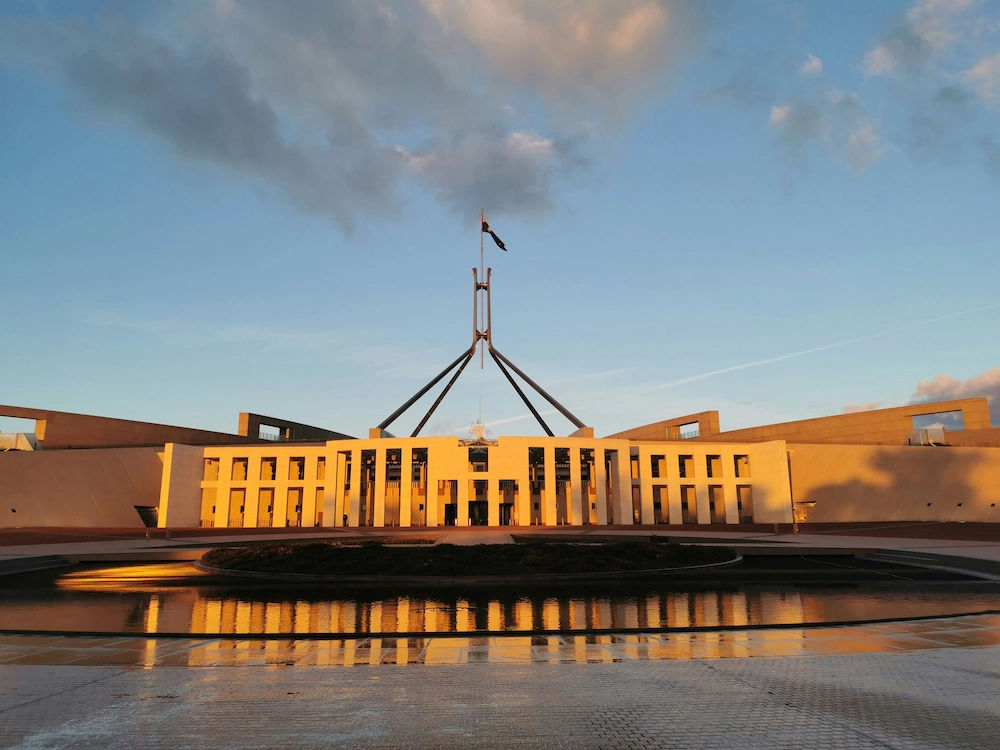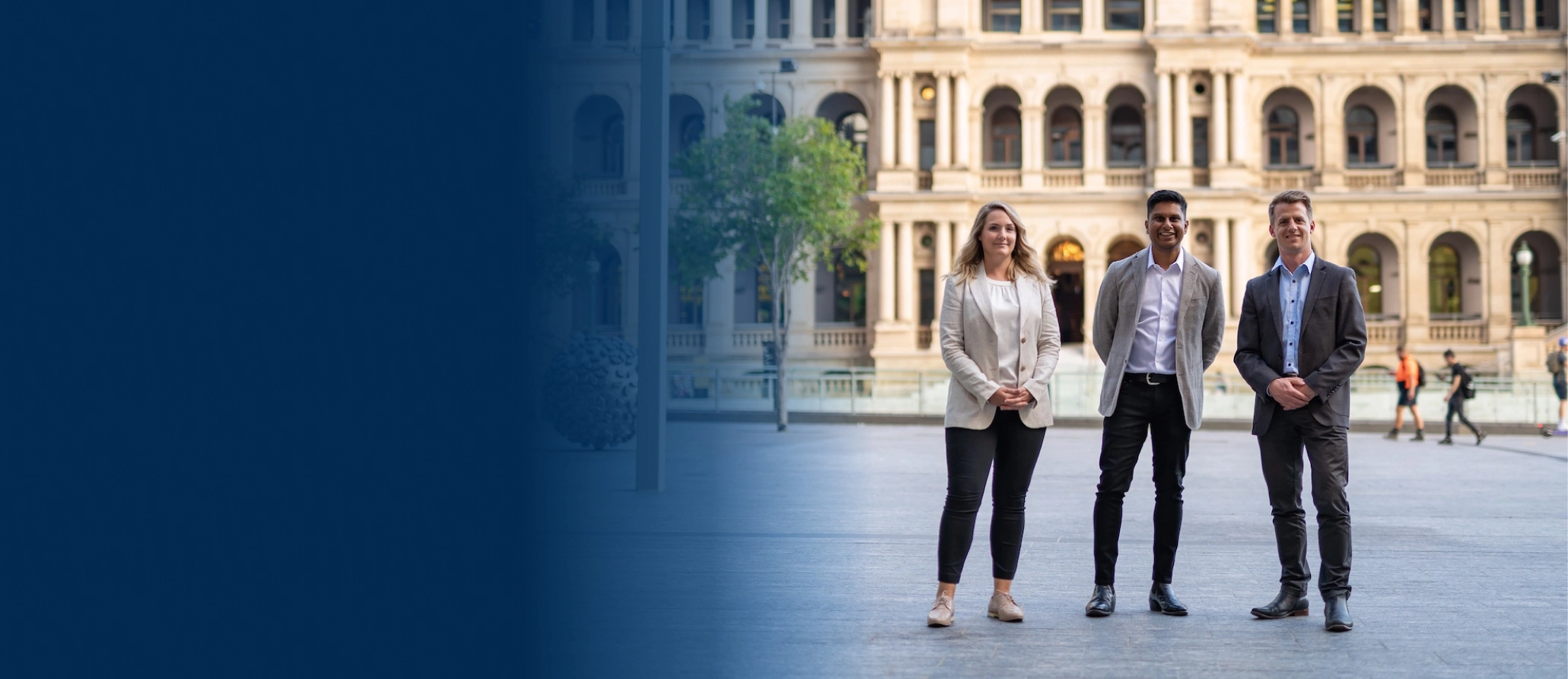Procurement of Preventative Maintenance Services – A Strategic Imperative for Heavy Asset and Infrastructure Industries
In Australia and New Zealand, organisations operating in infrastructure, mining, utilities, energy, ports, rail, defence, and transport rely heavily on high-value, long-life assets. For these industries, asset performance isn’t just a function of uptime—it directly influences operational capacity, workforce safety, regulatory compliance, and the bottom line.
With economic headwinds, regulatory pressure, and shifting expectations around ESG and cost efficiency, preventative maintenance is no longer a ‘nice to have’—it’s a critical lever in asset lifecycle management. Yet, despite its importance, procurement of preventative maintenance services remains under-optimised in many organisations. Contracts are often reactive, cost-driven, fragmented across assets, or fail to align with long-term operational strategies.
This article explores how to strategically approach the procurement of preventative maintenance services, the challenges asset-intensive industries face, and how Trace Consultants can help organisations unlock value from these essential services.
Why Preventative Maintenance Matters
Preventative maintenance (PM) refers to scheduled servicing and upkeep of assets to prevent failure and extend useful life. Unlike reactive or corrective maintenance, PM aims to address wear-and-tear before breakdowns occur.
In asset-intensive industries, PM is crucial for:
- Reducing Unplanned Downtime: Preventative schedules ensure critical assets don’t fail during production or peak periods.
- Extending Asset Life: Regular servicing delays the need for capital replacement.
- Minimising Safety and Compliance Risks: Failures in infrastructure, mining, or energy can have catastrophic consequences for workers and the environment.
- Managing Costs Over Time: A well-designed PM strategy reduces reactive spend, emergency callouts, and insurance claims.
While the operational benefits are clear, achieving these outcomes requires disciplined procurement and vendor management practices—not just skilled technicians.
Common Challenges in Procuring PM Services
Despite PM’s critical role, many organisations fail to fully optimise their procurement approach. Common issues include:
1. Fragmented Contracts and Siloed Assets
Organisations with multiple sites or business units often let each area procure its own PM services. This leads to:
- Duplication of effort and variation in scope
- Inconsistent standards and KPIs
- Missed opportunities to leverage scale for cost and service benefits
2. Overly Reactive or Time-Based Models
Many PM contracts are still based on rigid time intervals rather than asset condition or usage data. This can result in:
- Over-servicing of some assets
- Under-servicing of others
- Poor cost-to-benefit ratios
3. Insufficient Scope Definition
Scope of services is often poorly defined, leading to:
- Misalignment on what’s included/excluded
- Lack of accountability between owner and provider
- Ambiguity during contract performance reviews
4. Lack of Strategic Supplier Relationships
PM providers are often viewed as transactional service vendors, rather than long-term partners. This undermines innovation, continuous improvement, and responsiveness.
5. Difficulty Demonstrating Value
PM spend can appear as overhead. Without robust performance metrics or benchmarking, procurement teams struggle to demonstrate the value of preventative investment.
Key Considerations for Procurement Teams
To address these challenges, organisations need to apply strategic sourcing principles to PM procurement. Below are the core considerations.
1. Understand the Criticality of Assets
Not all assets are created equal. Procurement should align servicing models to asset criticality:
- High-criticality assets (e.g. high-voltage transformers, escalators in transport hubs, medical chillers in hospitals) may require condition-based or real-time monitoring.
- Medium or low-criticality assets can be serviced through a mix of scheduled inspections and standard intervals.
A risk-based segmentation approach enables prioritisation of spend and performance management.
2. Define the Scope Clearly and Consistently
Good procurement starts with a clear, consistent definition of:
- Asset categories and components
- Inspection, servicing, calibration, testing, and reporting requirements
- Access needs, site-specific constraints, and compliance needs (e.g. ISO standards, regulatory guidelines)
Trace Consultants often help organisations document their current state and develop functional scopes of work that align to ISO55000 asset management principles.
3. Consider Whole-of-Life Outcomes
Rather than just lowest cost per visit, sourcing strategies should consider:
- Expected life extension per asset category
- Reduced downtime risk
- Reduced reactive maintenance callouts
- Improved compliance metrics and insurance risk ratings
This moves the conversation from ‘price per hour’ to ‘value per outcome.’
4. Engage the Right Providers
Not all PM providers are the same. Procurement teams should assess:
- Experience with similar asset classes
- Ability to scale across sites and geographies
- Digital capability (e.g. condition monitoring, reporting tools)
- Safety record and compliance rigour
- Culture fit and partnership approach
Where appropriate, alternative contracting models like performance-based maintenance contracts or bundled service agreements may be more effective than transactional models.
5. Embed Reporting and Continuous Improvement
Contracts must specify clear KPIs such as:
- Completion rates vs. schedule
- Asset reliability improvements
- Downtime reduction
- Response and rectification times
- Audit findings and non-conformances
Embedding mechanisms for quarterly reviews, lessons learned, and innovation pilots strengthens supplier engagement.
A Strategic Sourcing Framework for Preventative Maintenance Services
Trace Consultants recommends a structured approach to PM procurement, using a strategic sourcing and transformation lens. Below is a typical methodology we apply.
Phase 1: Spend & Asset Base Analysis
- Review current PM spend, service contracts, and categories
- Analyse asset inventory, criticality, and condition
- Assess historical maintenance performance and cost drivers
Phase 2: Opportunity Identification
- Identify duplicate contracts, low-performing vendors, or high-reactive spend areas
- Conduct benchmarking on servicing frequencies, costs, and outcomes
- Evaluate internal vs. external service provision trade-offs
Phase 3: Scope and Specification Design
- Define standardised scopes of work and service level agreements (SLAs)
- Prioritise high-impact categories or assets
- Develop asset care plans by type and criticality
Phase 4: Market Engagement Strategy
- Develop Go-To-Market (GTM) strategy (bundled vs. category-based)
- Determine contracting model (e.g. term-based, performance-based)
- Prepare RFx documents with clear evaluation criteria
Phase 5: Supplier Selection and Contracting
- Support tender evaluations, negotiations, and supplier onboarding
- Finalise KPIs, reporting obligations, and escalation processes
Phase 6: Implementation and Performance Management
- Support transition to new providers or processes
- Embed contract management practices and digital dashboards
- Facilitate quarterly reviews and continuous improvement
Preventative Maintenance in Key Infrastructure Sectors
The approach to PM procurement must be tailored to industry-specific operating environments. Below are a few considerations across key infrastructure sectors:
Mining and Resources
- Assets operate in remote, harsh conditions; reliability is critical
- Fly-in/fly-out (FIFO) servicing models often apply
- Contracted providers need to meet stringent safety standards and operate 24/7
Transport and Logistics
- Rail, port, and airport assets require strict adherence to service windows to avoid passenger or freight disruption
- Shared asset environments demand clear accountability between multiple parties (e.g. lessor, operator, government)
Utilities and Energy
- Preventative maintenance plays a central role in network reliability and bushfire prevention
- PM plans must integrate with real-time SCADA and asset condition data
- Increasing expectations around ESG reporting linked to asset management
Social Infrastructure (Hospitals, Universities, Correctional Facilities)
- PM influences safety and comfort of occupants
- Growing expectation to bundle services (e.g. HVAC, plumbing, fire safety) for integrated FM delivery models
The Role of Technology in PM Procurement
Technology plays an increasingly important role in both the execution and procurement of PM services.
Asset Management Systems (AMS)
Robust AMS platforms (e.g. IBM Maximo, TechnologyOne, Assetic) enable:
- Asset lifecycle tracking
- Condition monitoring
- Maintenance scheduling
- Contractor integration
Procurement teams must ensure service contracts are structured to align with the organisation’s digital architecture.
Power BI and Analytics Dashboards
Dashboards enable procurement, operations, and engineering to:
- Visualise PM performance across sites
- Track contractor compliance
- Monitor asset performance trends
- Compare reactive vs. preventative ratios
Mobile-Enabled Field Reporting
Best-in-class PM providers offer digital tools that:
- Capture field servicing data in real time
- Flag defects and non-conformance immediately
- Auto-generate audit trails and compliance reports
Trace Consultants helps organisations design performance frameworks and contract requirements to ensure technology integration is considered during procurement—not as an afterthought.
How Trace Consultants Can Help
At Trace Consultants, we specialise in helping asset-intensive industries optimise procurement and performance across their supply chain and operations.
When it comes to preventative maintenance services, our approach is both strategic and practical. We partner with clients across Australia and New Zealand to:
- Analyse maintenance spend and vendor performance
- Define standardised scopes, SLAs and evaluation frameworks
- Develop Go-To-Market strategies and manage the procurement process
- Identify opportunities for cost reduction, bundling, or insourcing/outsourcing
- Support supplier transition and contract implementation
- Benchmark performance and enable continuous improvement through data
Our work is grounded in deep industry knowledge—from mining to energy, transport to healthcare—and we pride ourselves on being hands-on, trusted advisors.
By engaging Trace Consultants, clients gain not just procurement expertise but a team that understands the operating context of their assets and the broader strategic drivers behind their maintenance strategies.
To learn more about our services and recent work, visit our insights page: www.traceconsultants.com.au/insights
Preventative maintenance is no longer just an operational issue. For asset-intensive industries across Australia and New Zealand, it is a strategic lever for performance, risk mitigation, and long-term value creation.
Yet too often, preventative maintenance services are procured like commodity labour—without the strategic rigour, planning, and alignment to outcomes required to drive real impact.
As infrastructure ages, capital budgets tighten, and safety and compliance expectations rise, the organisations that treat PM as a strategic procurement category—not just a cost centre—will be best positioned for long-term success.
Whether you’re about to go to market, reassessing vendor performance, or looking to drive cost efficiencies, Trace Consultants is ready to help you transform how you procure and manage preventative maintenance services.
How well is your preventative maintenance procurement strategy working for you?
































